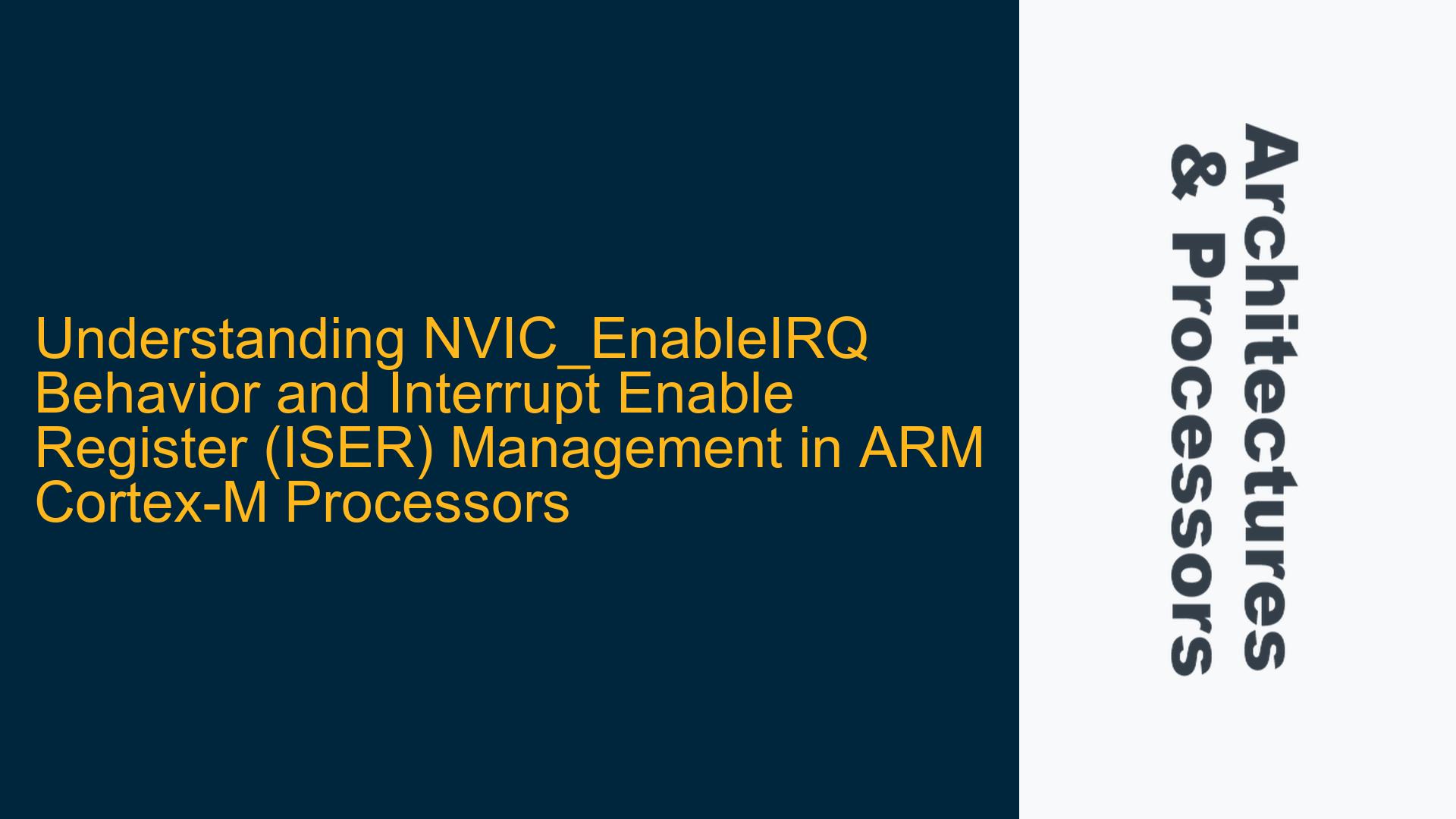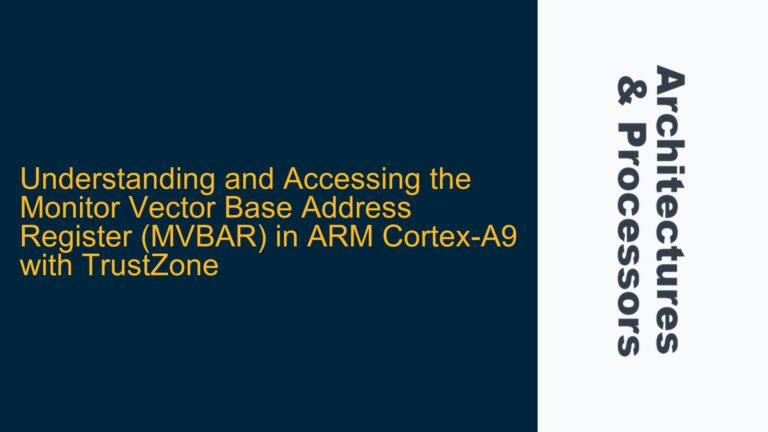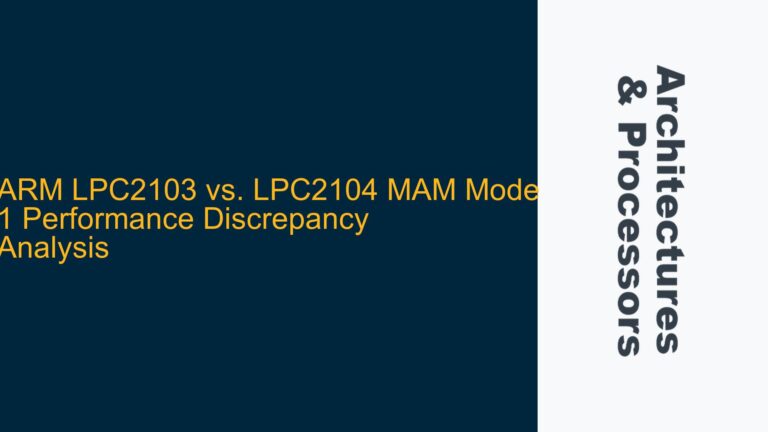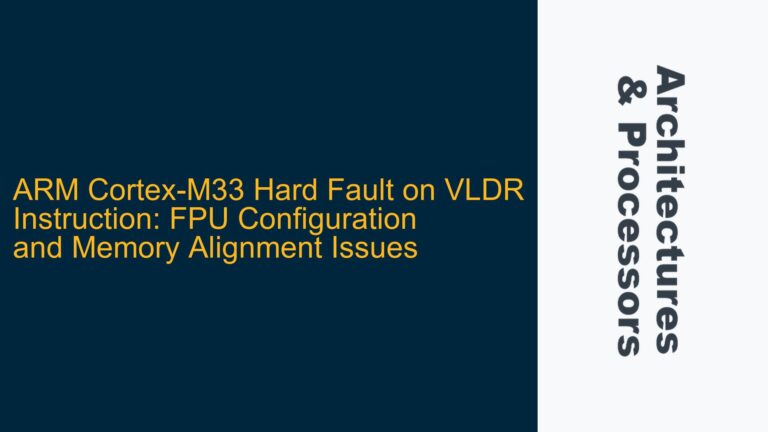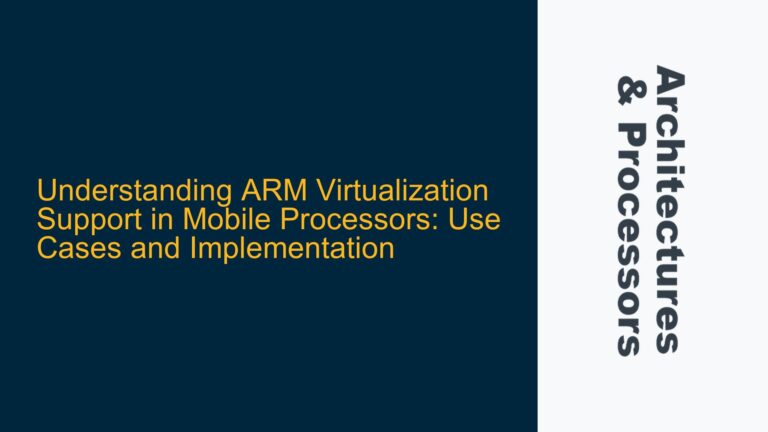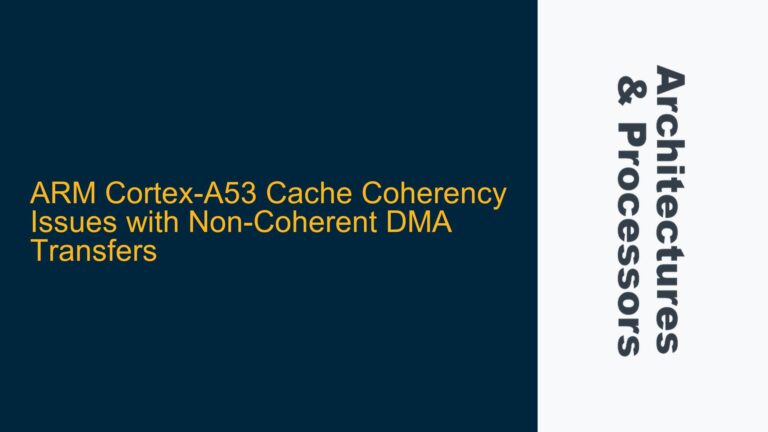NVIC_EnableIRQ Functionality and ISER Register Behavior
The NVIC_EnableIRQ function is a commonly used utility in ARM Cortex-M processors to enable specific interrupts via the Nested Vectored Interrupt Controller (NVIC). The function operates by setting a bit in the Interrupt Set Enable Register (ISER), which is part of the NVIC. The ISER is a memory-mapped register that controls the enabling of interrupts at the NVIC level. Each bit in the ISER corresponds to a specific interrupt request (IRQ), and setting a bit to 1 enables the corresponding interrupt.
The implementation of NVIC_EnableIRQ typically looks like this:
static __INLINE void NVIC_EnableIRQ(IRQn_Type IRQn) {
NVIC->ISER[((uint32_t)(IRQn) >> 5)] = (1 << ((uint32_t)(IRQn) & 0x1F)); /* enable interrupt */
}
This code snippet reveals a critical detail about the ISER register: it is organized into multiple 32-bit words, where each word corresponds to a range of 32 interrupts. The expression ((uint32_t)(IRQn) >> 5) determines which 32-bit word in the ISER array to access, while (1 << ((uint32_t)(IRQn) & 0x1F)) calculates the specific bit within that word to set.
A common misconception arises from the assumption that calling NVIC_EnableIRQ multiple times with different IRQ numbers will cumulatively enable multiple interrupts. However, the implementation shown above does not preserve previously set bits in the ISER register. Instead, it overwrites the entire 32-bit word with a new value that only sets the bit corresponding to the specified IRQ. This behavior can lead to unintended side effects, such as disabling previously enabled interrupts when enabling a new one.
For example, consider the following sequence:
NVIC_EnableIRQ(8); // Enables IRQ8
NVIC_EnableIRQ(7); // Enables IRQ7 but disables IRQ8
In this case, the second call to NVIC_EnableIRQ overwrites the ISER word, clearing the bit for IRQ8 and setting the bit for IRQ7. This behavior is not immediately obvious and can lead to debugging challenges if not properly understood.
Relationship Between Peripheral Interrupt Enable Registers (IER) and NVIC ISER
In ARM Cortex-M systems, enabling interrupts requires coordination between the peripheral’s Interrupt Enable Register (IER) and the NVIC’s ISER. The IER is specific to the peripheral and controls which interrupt sources within the peripheral are allowed to generate interrupt requests. The ISER, on the other hand, controls whether the NVIC will respond to those interrupt requests.
For example, in a UART peripheral, the IER might enable specific interrupt sources such as receive buffer ready (RBR) or receive line status (RLS). The corresponding code might look like this:
LPC_UART3->IER = 0x00000005UL; // Enable UART3 interrupt RBR and RLS
However, enabling the interrupt in the peripheral’s IER alone is not sufficient to trigger an interrupt. The interrupt must also be enabled in the NVIC using the ISER. This dual-enable mechanism ensures that interrupts can be controlled at both the peripheral and system levels.
A common question is whether it is possible to set the IER of a peripheral without enabling the corresponding interrupt in the NVIC. The answer is yes, but doing so will not result in an interrupt being triggered. The peripheral will generate an interrupt request, but the NVIC will ignore it because the corresponding bit in the ISER is not set. This can be useful in scenarios where polling is preferred over interrupt-driven processing.
Direct ISER Manipulation and Best Practices for Enabling Multiple Interrupts
To avoid the pitfalls of the NVIC_EnableIRQ function, developers can directly manipulate the ISER register to enable multiple interrupts simultaneously. This approach involves writing a bitmask to the ISER that sets all desired bits in a single operation. For example, to enable IRQ7 and IRQ8 without disabling any previously enabled interrupts, the following code can be used:
NVIC->ISER[0] = (1 << 7) | (1 << 8); // Enable IRQ7 and IRQ8
This method ensures that all specified interrupts are enabled atomically, without overwriting the existing state of the ISER register. It is particularly useful in systems where multiple interrupts need to be enabled at startup or during runtime.
When working with peripherals, it is essential to follow a consistent sequence for enabling interrupts. First, configure the peripheral’s IER to enable the desired interrupt sources. Then, enable the corresponding interrupt in the NVIC using either the NVIC_EnableIRQ function or direct ISER manipulation. This sequence ensures that the interrupt is fully enabled and ready to trigger when the specified condition occurs.
For example, to enable interrupts for UART3 and UART2, the following sequence can be used:
// Enable UART3 interrupts
LPC_UART3->IER = 0x00000005UL; // Enable UART3 interrupt RBR and RLS
NVIC->ISER[0] |= (1 << UART3_IRQn); // Enable UART3 interrupt in NVIC
// Enable UART2 interrupts
LPC_UART2->IER = 0x00000005UL; // Enable UART2 interrupt RBR and RLS
NVIC->ISER[0] |= (1 << UART2_IRQn); // Enable UART2 interrupt in NVIC
This approach avoids the issue of overwriting the ISER register and ensures that both UART3 and UART2 interrupts are enabled correctly.
Summary of Key Points
| Key Point | Description |
|---|---|
| NVIC_EnableIRQ Behavior | The NVIC_EnableIRQ function sets a single bit in the ISER register but overwrites the entire 32-bit word, potentially disabling previously enabled interrupts. |
| Peripheral IER and NVIC ISER Relationship | Enabling an interrupt requires setting the corresponding bit in both the peripheral’s IER and the NVIC’s ISER. |
| Direct ISER Manipulation | Directly writing to the ISER register allows enabling multiple interrupts atomically without overwriting the existing state. |
| Best Practices | Always configure the peripheral’s IER before enabling the interrupt in the NVIC. Use direct ISER manipulation to enable multiple interrupts simultaneously. |
By understanding the behavior of the NVIC_EnableIRQ function and the relationship between peripheral IERs and the NVIC ISER, developers can avoid common pitfalls and ensure reliable interrupt handling in ARM Cortex-M systems. Direct manipulation of the ISER register provides a robust method for enabling multiple interrupts without unintended side effects.
